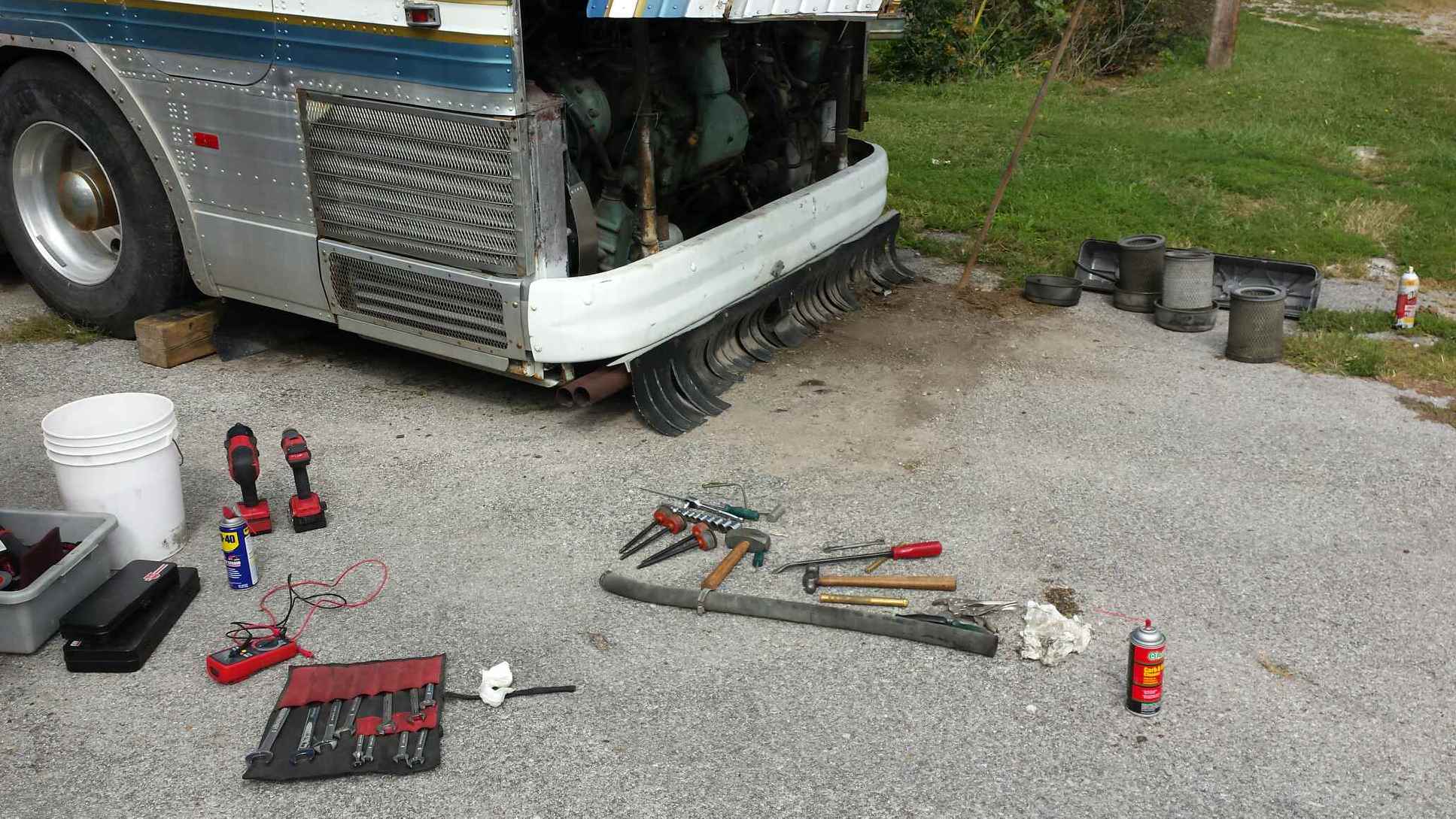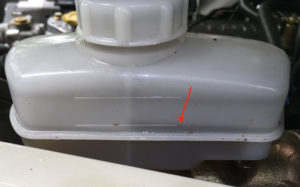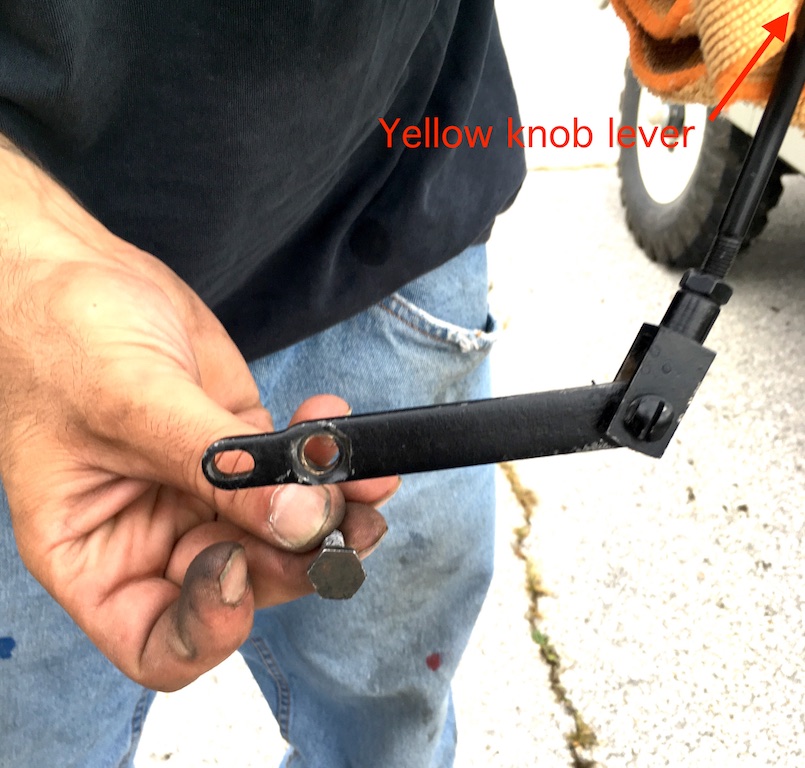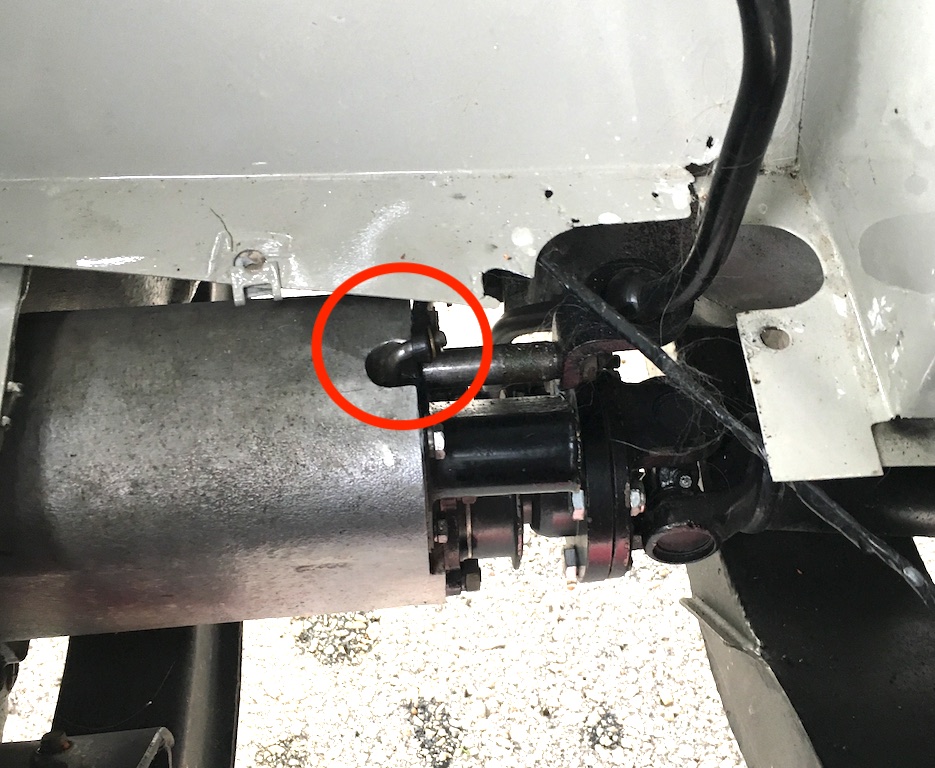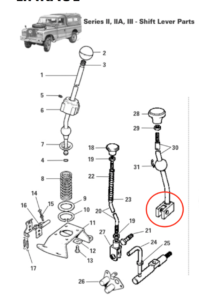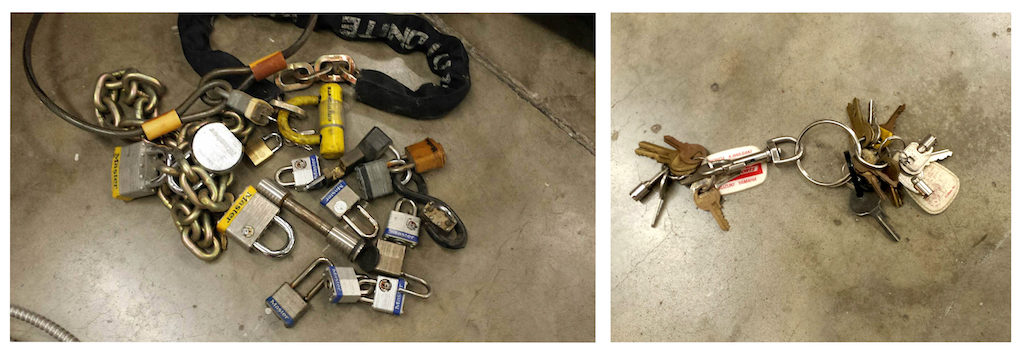Shortly after getting the Land Rover in late August I discovered I was unable to engage four-wheel drive. There’s a plunger-like doodad (with a bright yellow knob on it) you push down to switch from two-wheel to four-wheel drive. Mine just never worked and I had visions of owning the only Land Rover in America without 4WD (sob!).
My friend (and wizard mechanic) George Tergin investigated and determined some of the linkage in the transfer case (look it up) was worn so we ordered replacement parts. Since some of them had to come from the UK, it took a while but today he fixed the problem. After which we took the truck for a drive on the Tergin Motor Sports Off-Road Test Track (a field behind his shop)
Turns out it was a combination of worn parts, wrong parts and improperly installed parts. And he let me look over his shoulder (and occasionally assist) for three hours, patiently explaining what he was doing and why.
We’ll eventually get a big snow in mid-Missouri and I’m ready now.



